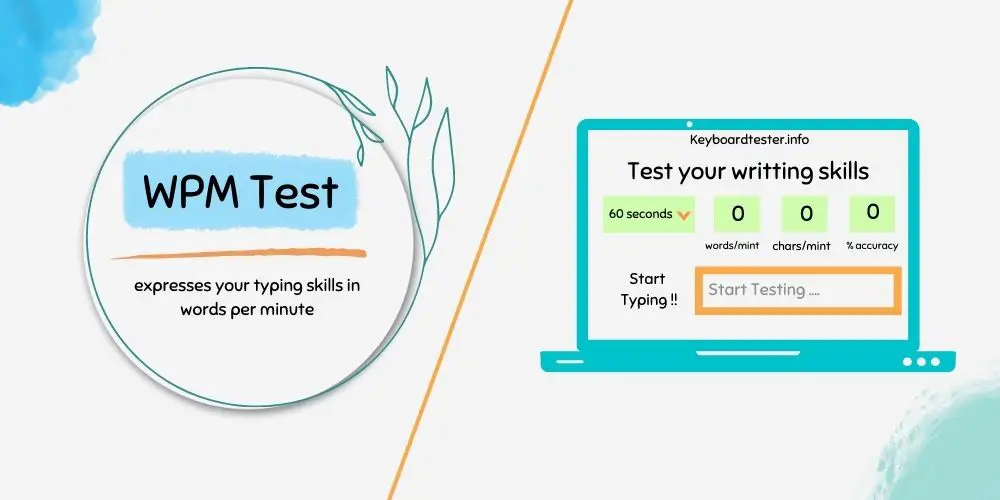The Evolution of Typing
Typing has come a long way since the invention of the typewriter in the 19th century. The initial mechanical devices paved the way for modern keyboards, transforming the way we communicate. With the advent of computers in the late 20th century, typing became essential for personal and professional correspondence. Today, typing is not merely about pressing keys; it represents a blend of artistry and science. As technology evolves, so too does the practice of typing, encompassing various formats—from traditional keyboard layouts to mobile touchscreen interfaces. Understanding the evolution of typing helps us appreciate the skill it requires and the significance it holds in our daily lives.
The Importance of Typing Skills
In today’s digital age, typing skills are indispensable. Proficiency in typing enhances productivity, enabling individuals to complete tasks more efficiently, whether it’s writing emails, creating documents, or coding. Speed and accuracy in typing can significantly impact workplace performance, as many jobs require extensive written communication. Additionally, good typing skills can improve academic performance, as students often need to produce essays and reports quickly. Beyond practical applications, typing also serves as a gateway to other digital skills, such as data entry and programming, making it an essential competency in the modern workforce.
Techniques for Effective Typing
Mastering typing involves adopting effective techniques that enhance both speed and accuracy. One fundamental method is touch typing, which encourages users to type without looking at the keyboard. This skill is developed through practice, enabling typists to maintain a consistent rhythm while minimizing errors. Ergonomics also play a crucial role in effective typing; using the right posture and keyboard height can prevent strain and injury. Various typing software programs and online platforms offer structured lessons and exercises designed to improve typing speed and precision. Regular practice, along with the implementation of these techniques, can lead to significant improvements over time.
The Future of Typing
As technology continues to advance, the future of typing is evolving in exciting ways. Voice recognition software and artificial intelligence are changing the landscape of written communication. Tools like speech-to-text allow users to dictate their thoughts instead of typing them, making communication faster and more accessible. However, while these technologies offer convenience, the need for traditional typing skills remains crucial. Understanding the fundamentals of typing can enhance the effectiveness of these tools and ensure that individuals remain competent in a primarily digital world. As we look ahead, balancing the integration of new technologies with the timeless skill of typing will be essential for effective communication.
Conclusion
In summary, typing is more than just a skill; it is an art that combines historical evolution, practical importance, effective techniques, and a glimpse into the future. Embracing this skill can lead to enhanced productivity and better communication in an increasingly digital world. The journey of mastering typing is a continuous one, inviting individuals to adapt and grow with the changing landscape of technology. As we move forward, investing time and effort into improving our typing skills will remain a valuable pursuit, benefiting both personal and professional endeavors.typeing




